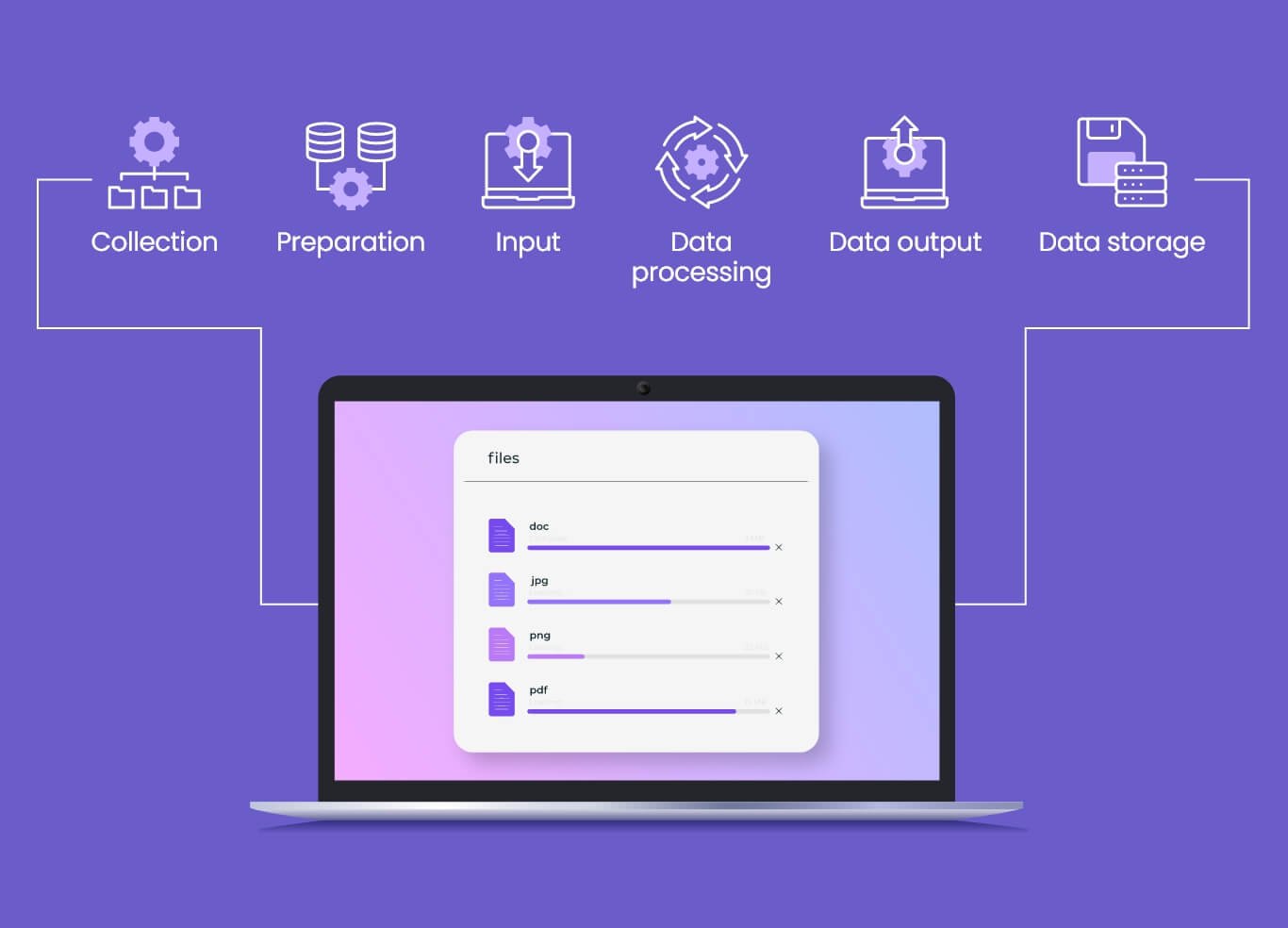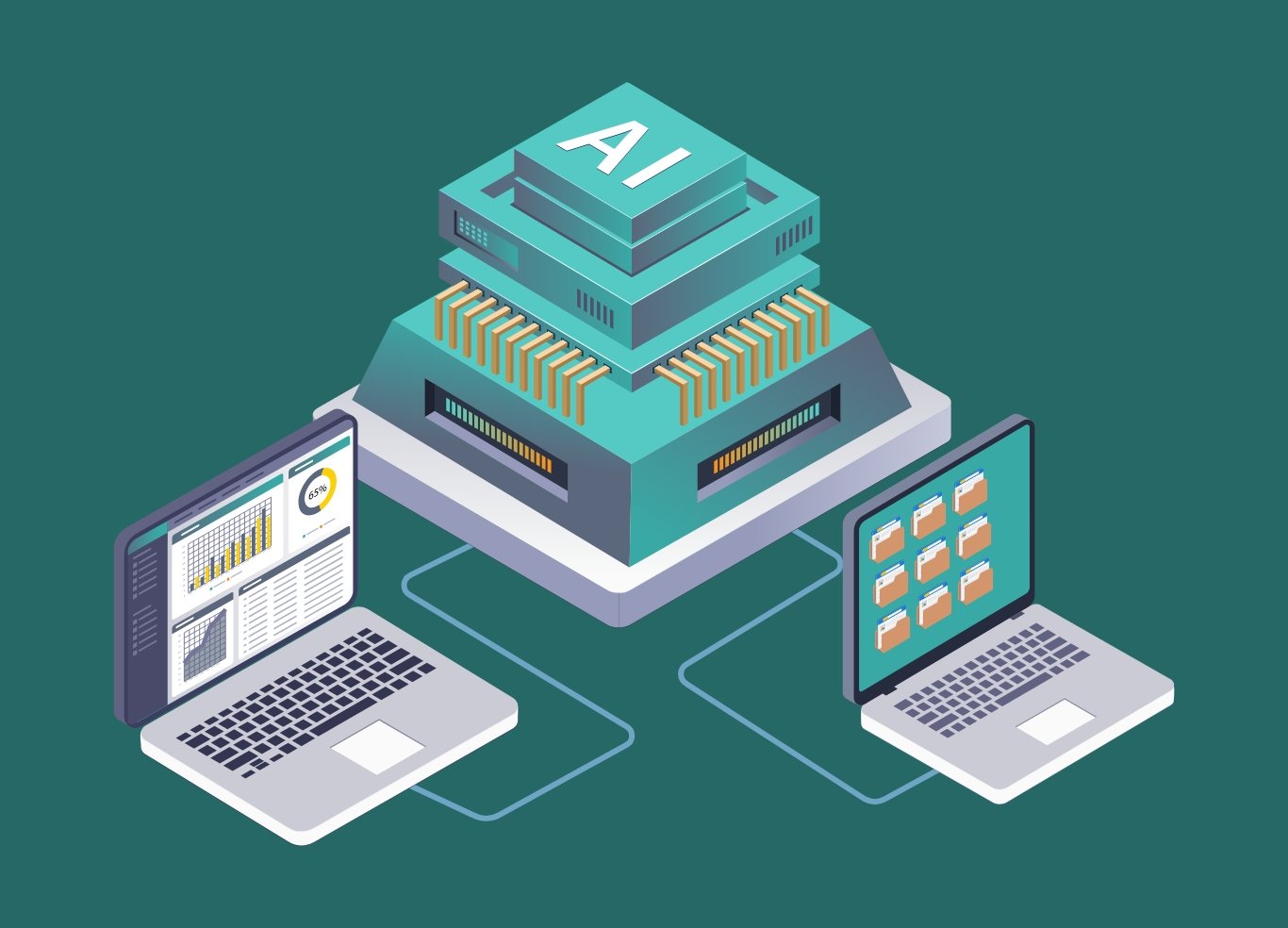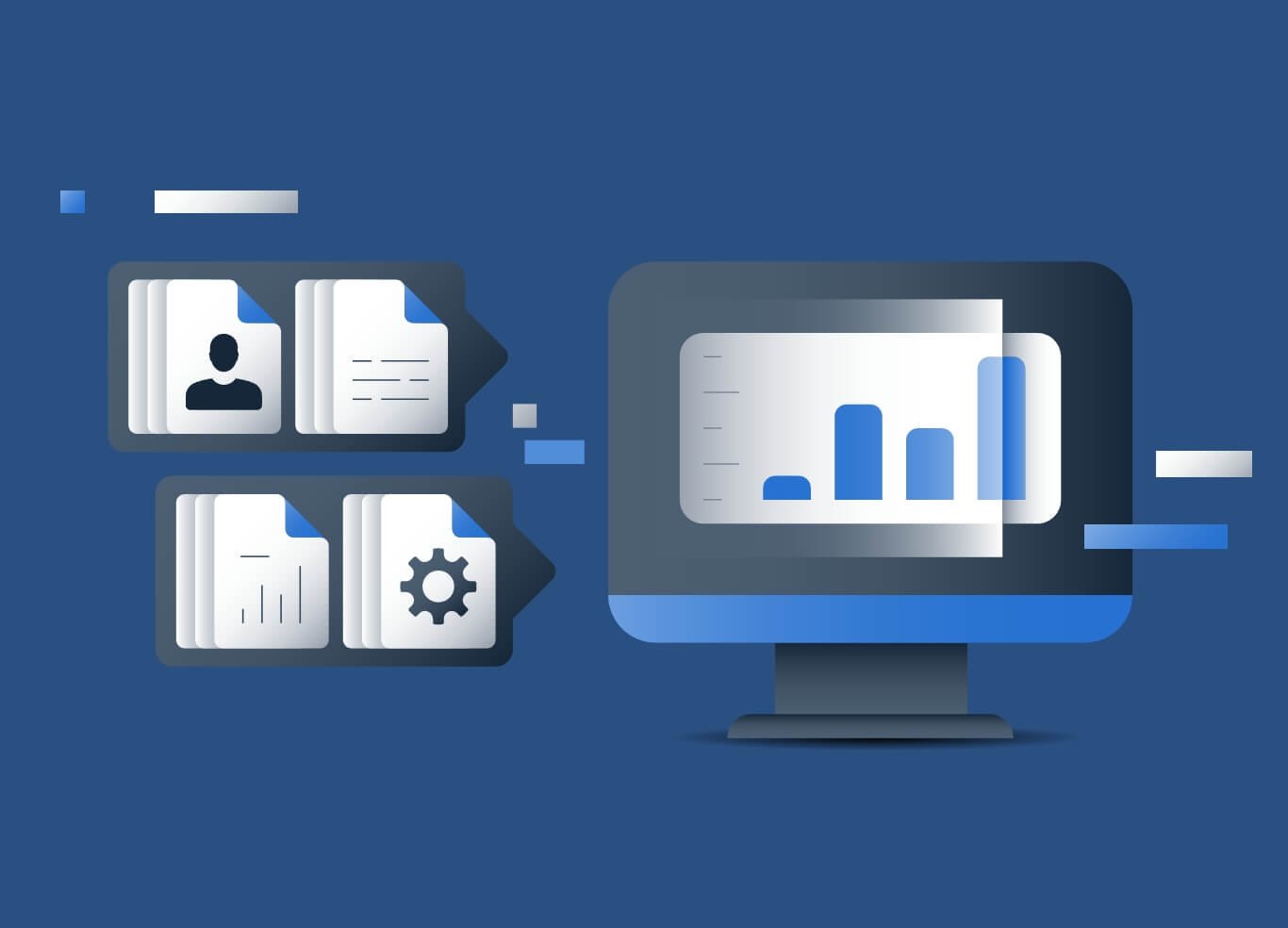We live in a world of data today; there’s a massive amount of data than ever before. Dealing with data is a pathway for organizations to keep rebuilding their strategies, enhance the business workflow, and keep a dynamic nature according to the market scenario. Every firm relies on data to thrive in the world of sprouting data. Strategically working on more intelligent data-based decisions has become a route to business future success. However, organizations generating vast amounts of data need help managing and harnessing the potential of data effectively for business expansions.
On the other hand, every minute data is generated, it is evident that business professionals need to be aware of the information gut and might make incorrect decisions, leading to loss. Extracting meaningful insights from the raw data is a challenging task. Getting richer insights from processed data will enhance the analysis results so that the market can be studied and strategized accordingly. Given the sheer volume of data, businesses need help comprehending the operations and streamlining the workflow. Hence, to overcome the hurdle, data processing services can save the day.
Processed data converts raw data into richer and more efficient information that can be further analyzed. Data processing plays a pivotal role in any sector as it transforms raw data into actionable insights, paving the way for secured data, enhanced data quality, streamlined operations, and informed decision-making. Let us further understand data processing services and its process.Transform Business Horizon by Data Processing Service
What is a Data Processing Service?
Utilizing raw data is no use as it will not provide fruitful insights. Besides, using raw data can cause various errors in the decision-making process. It is impossible for a firm to extract insights from raw data. Any raw data may consist of duplication of information, missed information, or may have irrelevant information. Hence, once the raw data is generated, here’s when an online data processing service comes in. It is referred as a process of data manipulation of raw data and transforming it into a usable format, extracting fruitful insights for businesses to thrive in the market. Data manipulation consists of a few steps to be followed for accurate results, including collecting, filtering, sorting, processing, and storing. However, it is more complex than it looks. From a pool of data, it is a substantial task to extract valuable insights. Hence, it becomes necessary to follow steps to extract actionable insights from raw data. Moreover, data processing service offers various benefits as follows;
- Data Security and Compliance
- Scalability and Flexibility
- Refinement of Raw Data
- Enhance Productivity
- Improvised Business Focus
Data Processing Cycle – Step by Step
Gathering and collecting information and transforming the data into a usable format is a defined process of data processing service. However, it consists of a few significant steps that ensure that the data is transformed efficiently, accurately, and organized. The following are the steps for an online data processing service.
Steps for Data Processing Services
Collection of Data
Data Input
Data Output
Data Preparation
Data Processing
Data Storage
Data processing service involves six steps process;
- Data collection: Initially, the process begins by gathering information from various platforms. Raw data can be collected in any format as different sources have different formats as per the compatibility.
- Data preparation: The next step is data preparation that involves cleaning of collected data and removing the unnecessary information or errors. The data cleansing step further guarantees the quality of data.
- Data Input: Once the data is cleansed, it is further transformed into input that machines can easily read. The data input steps ensure that the data is readable in digitized format.
- Data Processing: The next step in the data processing cycle is transforming the data into usable formats. Data processing service providers mostly use the latest technology and tools by a team of experts. Uniquesdata provides data processing services through a team of experts from diversified sectors.
- Data Output: Output data is defined as the data obtained after the data processing step. Once obtained, the output data are further decoded for easy use and understanding, helping to extract information or statistics more efficiently.
- Data Storage: Once the data is processed and decoded into an understandable format, it must be stored securely. Hence, in the final step of the cycle, processed data is stored in a single database, from which everyone can easily access the information.
These steps are defined as per the generic process; however, changing trends and technological advancements may differ from what it is today. As tech raises its bar, a few trends are shaping the future of online data processing, including a rise in AI and ML, cloud services advancements, and improvements in storage. However, the use and the potential of data processing will continue to grow as the demand for data-driven decisions increases. From sectors like healthcare, real estate, travel, and education to non-profit organizations are making headway in the colossal economy with the help of data processing services.
Final Words
As the power of data rises, businesses have adopted using data to excel in the market. In fact, data processing services have become the backbone of the many sectors that drive valuable insights, streamline operations, and make data-driven decisions. In simpler terms, they have become the forefront of the business landscape, effectively making intelligent decisions in the dynamic and competitive world.



